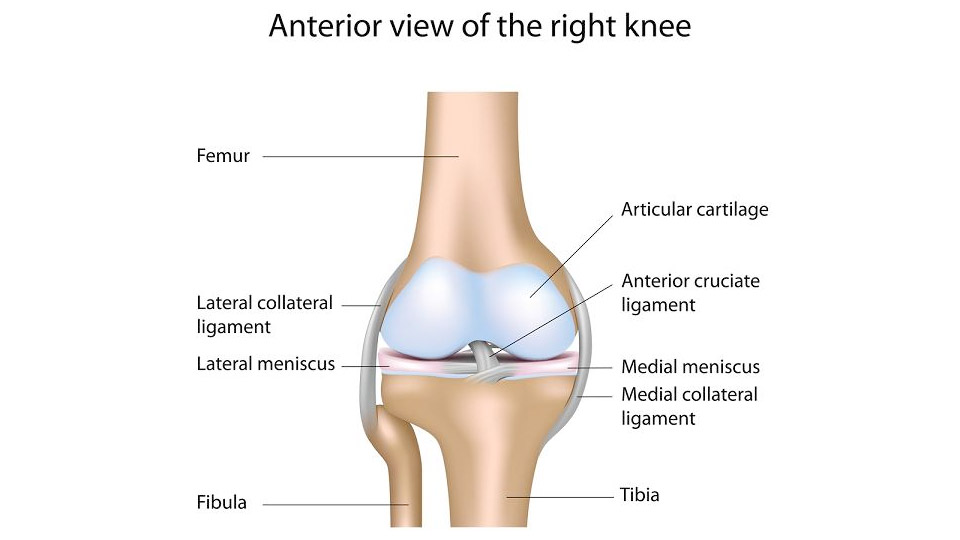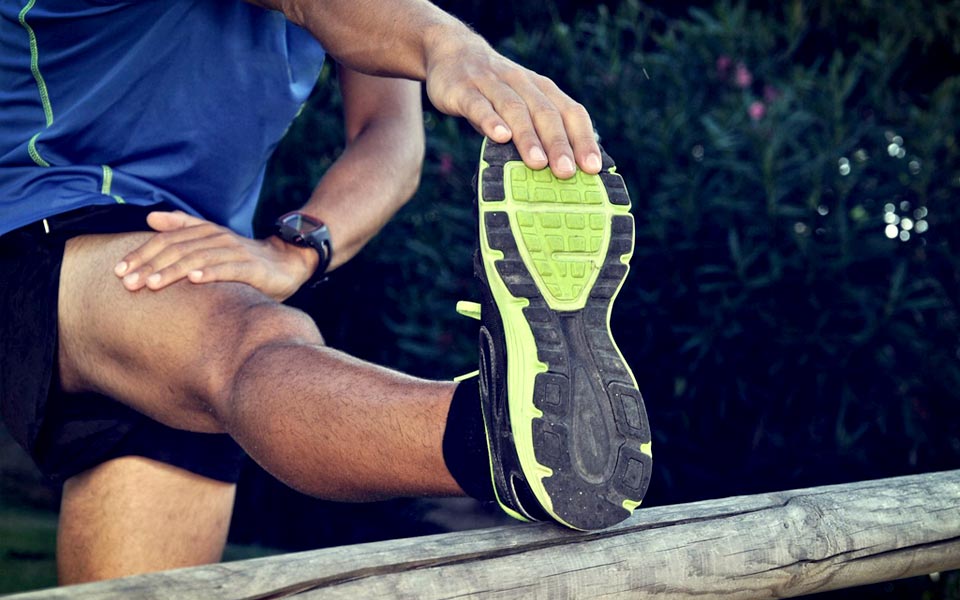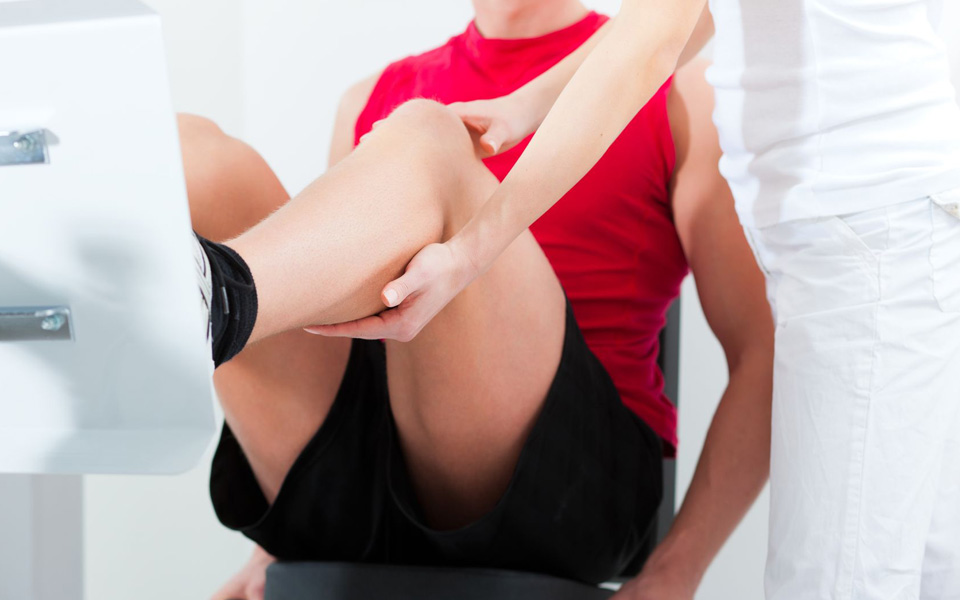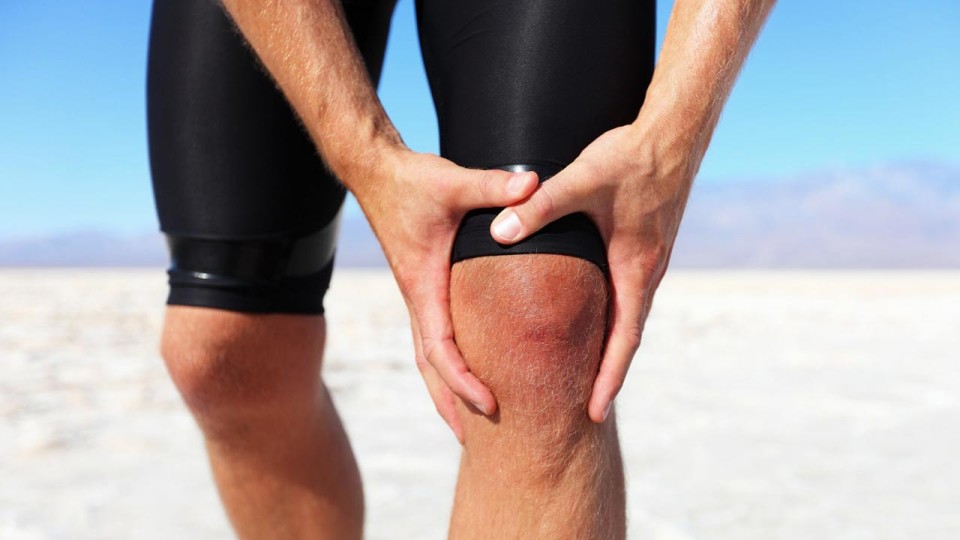The meniscus is a wedge-shaped cushion found between the articular surfaces in the knee joint. It plays a major role in shock absorption in the knee, and is key to proper biomechanics of joint movement.
The meniscus also holds many receptors that relay information to the brain about the location of the joint and the loads being passed through the joint. This information travels to the brain via the nervous system, after which, the brain then decides on the appropriate muscular reaction in order to control the knee, stabilise it and avoid injury.
This control is vital to avoid damage to structures in and around the knee joint. Depending on your running style and running shoes, the loads passing through your knees can be considerably higher meaning that the role that the meniscus plays in shock absorption becomes even more important.

Meniscal Tear – Diagnosis And Symptoms
Meniscal tears are the leading cause of knee injury and can be categorised into two types:
- Traumatic tears – often seen in patients under the age of 35 years.
- Degenerative tears – have been seen in 60% of the patients diagnosed with osteoarthritis (OA) over the age of 65. Even innocuous activities such as walking and squatting can cause a degenerative meniscal tear.
Traumatic meniscal tears are often caused through sports injuries and poorly administrated training programmes. This type of meniscal tear is much more prevalent in younger, highly active individuals.
It is essential that training programmes following a graduated increase in speed, distance and resistance; suddenly progressing from 5km to 15km or from flat surfaces to inclines without a gradual introduction will result in poor control and injury.
How Do You Prevent Traumatic Meniscal Tears?
It is also extremely important that any muscular imbalance is dealt with prior to or in the early stages of training. Such muscle imbalances affect the biomechanics of the joint and cause loads to be poorly distributed, if these imbalances are not dealt with early on then they will become more pronounced.
Specific exercises to strengthen and stretch the required muscles can help to alleviate these imbalances.
Lastly, the training shoes are very important; using a trainer that does not provide the correct support to the foot and ankle, or does not suit the lower limb alignment can greatly affect joint loads.

What Happens When Your Meniscus Tears?
In the acute phase after a meniscal tear has occurred, there will be severe pain while weight-bearing, along with sensations of instability and muscle bracing of the injured limb and trunk.
This results in an altered walking pattern after a meniscal tear. It has been shown in research that up to 3 months after the injury, an average difference of 1.5% in the proportion of time spent on each leg is measured by computerised gait analysis.
This difference may put the other leg at risk as it bears more weight in every activity that person performs.
A decrease in the step length of the involved leg is also seen. This reduction is caused by the subconscious bracing of the hamstring muscles at the back of the leg that keep the knee bent. These effects on the walking pattern result in a decline in quality of life and physical function.
Meniscal tears can be diagnosed according to the mechanism of injury, special tests performed by a healthcare professional, and in many cases MRI scans are performed to determine the location and extent of the tear.
How Do You Treat A Meniscal Tear?
There are a variety of treatments available for meniscal tears. Many of these provide benefits through pain relief, reduction in inflammation and in the case of arthroscopies (keyhole surgery), the removal of the damaged part of the meniscus.
Keyhole Surgeries
An arthroscopy has been seen as a popular treatment option, however according to the National Institute of Health and Clinical Excellence (NICE) Guidelines, an arthroscopy is only recommended for a certain type of meniscal tear that causes mechanical true-locking of (unable to rotate) the knee joint.
After an arthroscopy, the meniscus itself cannot heal like other tissues in the body such as bone and skin. This means that even after removing the damaged part, a certain degree of pain may remain. These treatments also may not address impaired nerve and muscular control patterns implemented around the joint after a meniscal tear.
Physiotherapy
Traditional physiotherapy is a common treatment used to improve the impaired control patterns of muscles.
Physiotherapy also utilises the principles of motor learning to retrain the neuromuscular system. Effective and efficient motor learning requires functional, task-specific, subconscious and high-repetition movement.
The main barrier encountered during physiotherapy treatment following a meniscal tear is the ability to perform enough repetitions in a truly functional, subconscious manner thus limiting the ability to teach the neuromuscular system to provide the joint control patterns required to cope with the injury.

The Main Aim After You Suffer A Meniscal Injury?
Meniscal tears are a common complaint; they can present with a variety of symptoms and often cause a reduction in function and quality of life.
The first course of action should be prevention, ensure you are using the correct shoes, increase your training programme gradually and include exercises that challenge lower limb stability in a controlled way.
If you have experienced a meniscal tear, surgical treatment is a common treatment option; however it is often not necessary and may not address the neuromuscular impairments that exist.
As such, equal attention should be paid to the rehabilitation programme that follows your chosen treatment procedure. Such programmes should aim to restore your quality of life to the closest it was pre-accident.
Let us know what other common injuries/problems you face when running, and we’ll do our best to cover it in our next feature!





